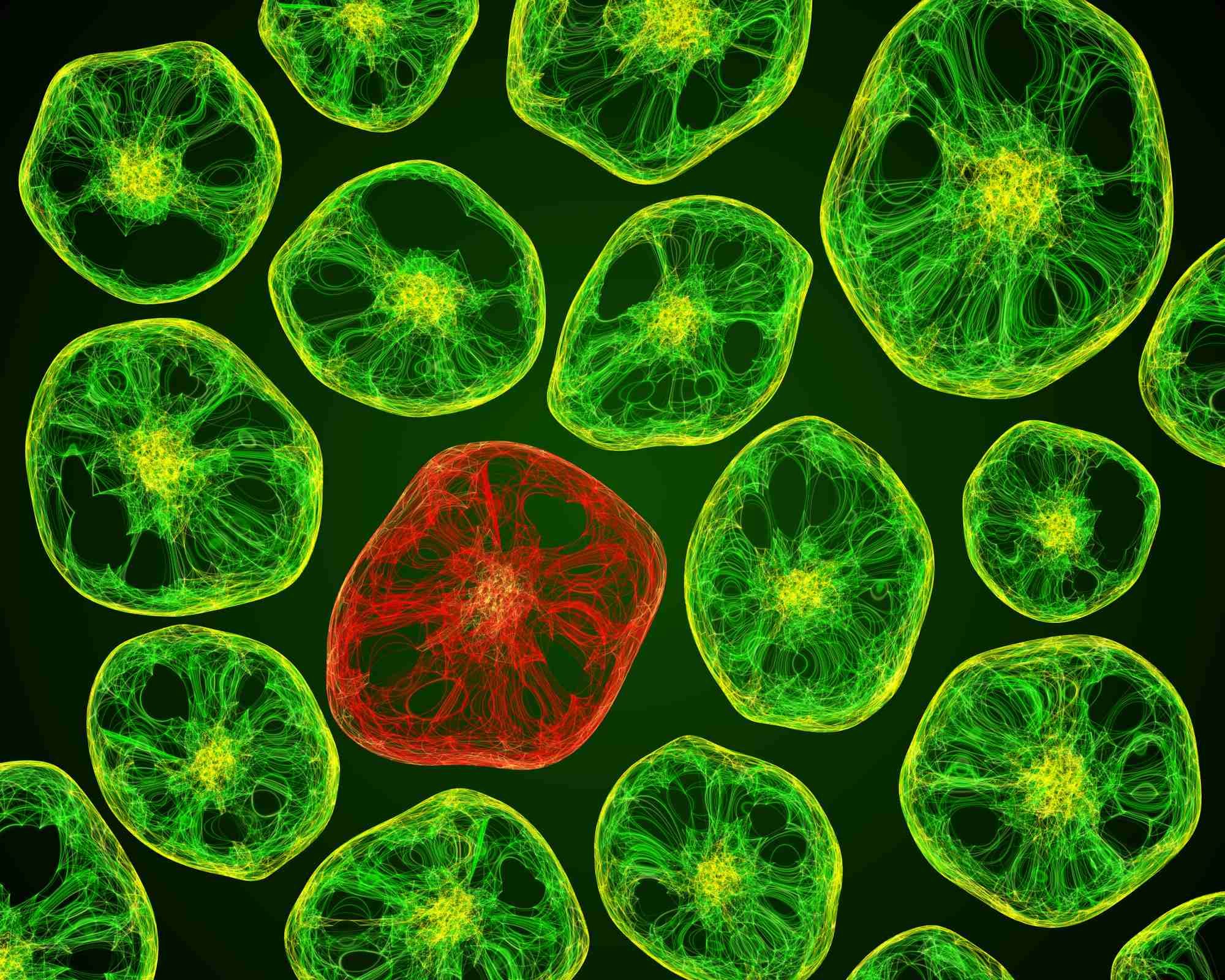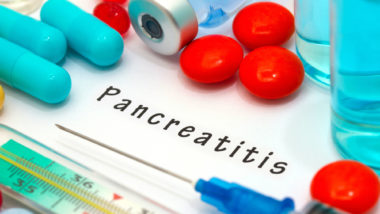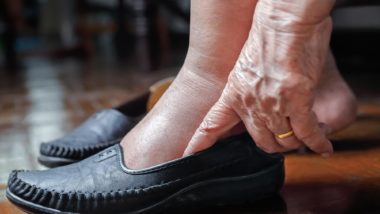Top Class Actions’s website and social media posts use affiliate links. If you make a purchase using such links, we may receive a commission, but it will not result in any additional charges to you. Please review our Affiliate Link Disclosure for more information.
Necrotizing fasciitis can be caused by several bacteria, although the most common perpetrators are strep and staph bacteria.
What is Fournier’s Gangrene?
Fournier’s gangrene, a rare disease also called necrotizing fasciitis (NF) of the perineum and genitalia, is a flesh-eating bacterial infection that affects the genital region. Symptoms of Fournier’s gangrene may include fever, discomfort, severe pain, swelling, rankness of the affected tissue, and tissue death.
Fournier’s gangrene is caused by a bacterial infection that affects the tissue surrounding the muscles, fat, nerves, and blood vessels in the perineum. The bacteria that causes this infection usually gets into the body through a cut on the skin.
After the bacteria enters the body it may spread quickly, killing and destroying the surrounding tissue. Patients who are experiencing symptoms congruent with Fournier’s gangrene including redness, swelling, and fever may want to seek medical attention immediately, as the condition can spread very quickly and may become life-threatening.
If Fournier’s gangrene is not treated early on, the condition may spread to parts of the thighs as well as into the abdomen and chest. Treatment usually includes antibiotics and removal of dead and infected skin.
In patients with advanced Fournier’s gangrene, steps may need be taken to prevent sepsis and death. In some cases, patients may require surgery to remove all of the affected or dead tissue. In cases where the infection has spread to deeper tissues, amputation of the scrotum may be necessary.
Even if patients survive their brush with flesh eating bacteria, they may deal with long term problems. In the cases which involve amputation, patients will be disabled for life. In cases involving serious tissue damage, further surgeries may be needed to close wounds or graft new skin. If resulting scars are disfiguring, plastic surgery may be required to return the area to a normal appearance.
Injured parties have gone as far as to file lawsuits against drug manufacturers for injuries sustained.
What Bacteria Causes Necrotizing Fasciitis?
Necrotizing fasciitis or NF is not just one type of infection. Instead, the term acts as an umbrella for any type of “flesh eating” bacteria – i.e. any type of infection which results in death of soft tissue. These infections can occur in any part of the body when bacteria enters through a wound such as a cut, scrape, burn, insect bite, puncture wounds, and surgical wounds.
Although flesh eating bacterial infections are nearly always serious medical conditions, NF can be caused by a number of bacteria, including:
- Group A Streptococci (Streptococcus pyogenes): These strep bacteria are the most common cause of NF. When strep bacteria cause NF, they may also lead to Streptococcal Toxic Shock Syndrome (STSS) which can accelerate the infection and make it more deadly.
- Staphylococcus Aureus: Staph bacteria have become more common in causing NF. Some staph strains, such as Methicillin-Resistant Staphylococcus Aureus (MRSA), are resistant to certain antibiotics which can complicate treatment.
- Klebsiella: These bacteria commonly cause pneumonia and urinary tract infections but have also been implicated in cases of NF.
- Escherichia coli (E. Coli): These bacteria are usually found in the large intestine and often causes food poisoning. However, when the bacteria affect tissue under the skin, they can result in infections such as NF.
- Bacteroides: Bacteria in this category are capable of surviving without oxygen and can found in the mouth, intestines, and genitals to help fight against other harmful pathogens. However, if Bacteroides find their way into the tissues, they can cause NF.
- Clostridium: These bacteria, including Clostridium botulinum, Clostridium perfringens,
Clostridium histolylicum, Clostridium septicum, and Clostridium sordellii are less commonly associated with NF but still have been recorded as causing the disease. - Pseudomonas: These bacteria can cause numerous infections including skin infections and pneumonia. It is more likely for these bacteria to cause NF if an individual has a compromised immune system.
- Prevotella: These bacteria are usually asymptomatic and are more often implicated in NF impacting the mouth, jaw, neck, and face.
These bacteria can enter the skin or other parts of the body where they can cause a tissue infection. When the infection is centered in the genital region, it leads to Fournier’s gangrene.
Knowing the bacteria which causes Fournier’s gangrene is an important part of treatment. This information can help inform treatment choices, as some bacteria may require special treatment or certain antibiotics. Knowing the bacteria behind an infection can also allow doctors to be on the lookout for bacteria-specific complications such as STSS.
Who Is At Risk for Fournier’s Gangrene?

- Invokana (canagliflozin)
- Invokamet/Invokamet XR (canagliflozin and metformin)
- Farxiga (dapagliflozin)
- Xigduo XR (dapagliflozin and metformin)
- Qtern (dapagliflozin and saxagliptin)
- Jardiance (empagliflozin)
- Glyxambi (empagliflozin and linagliptin)
- Synjardy/Synjardy XR (empagliflozin and metformin)
- Steglatro (ertugliflozin)
- Segluromet (ertugliflozin and metformin)
- Steglujan (ertugliflozin and sitagliptin)
These drugs work to lower blood sugar levels by causing the kidneys to filter out the sugar through the urine. However, due to the increased sugar levels in the urine, this may result in the affected person being additionally susceptible to dangerous health consequences such as necrotizing fasciitis of the perineum. The extra levels of sugar in the urine may also lead to an increase in urinary tract infections.
Between March 2013 and May 2018, the FDA reportedly identified 12 cases of Fournier’s gangrene in SGLT-2 inhibitor patients. Although this may not seem significant, Fournier’s gangrene is extremely rare; only six cases of the disease were recorded in all other diabetes drug classes over the course of more than 30 years.
In May 2019, the number of cases of Fournier’s gangrene related to the use of SGLT2 inhibitors was increased to 55, indicating that the rates of infection for this rare and dangerous infection may be on the rise. Although the majority of these cases affected men, the condition may also occur in women.
If you suffered from Fournier’s gangrene after taking an SGLT2 inhibitor, you may be able to take legal action. Filing a lawsuit against the drug manufacturers can help recover compensation for medical bills, wrongful death, pain and suffering, disabilities, loss of earning potential, and more. A qualified legal professional can review your case to see if you are eligible for legal action.
Join a Free Diabetes Medications & Flesh-Eating Infection Lawsuit Investigation
The type-2 diabetes medications linked to the flesh-eating infection include:
- Invokana
- Invokamet/Invokamet XR
- Farxiga
- Xigduo XR
- Qtern
- Jardiance
- Glyxambi
- Synjardy/Synjardy XR
- Steglato
- Segluromet
- Steglujan
If you or a loved one took one of the type-2 diabetes medications listed above and suffered from a flesh-eating genital infection, you may qualify to join this diabetes medication lawsuit investigation. Fill out the FREE form on this page for more information.
ATTORNEY ADVERTISING
Top Class Actions is a Proud Member of the American Bar Association
LEGAL INFORMATION IS NOT LEGAL ADVICE
Top Class Actions Legal Statement
©2008 – 2024 Top Class Actions® LLC
Various Trademarks held by their respective owners
This website is not intended for viewing or usage by European Union citizens.
Get Help – It’s Free
Join a Free Diabetes Medications & Flesh-Eating Infection Lawsuit Investigation
If you qualify, an attorney will contact you to discuss the details of your potential case at no charge to you.
PLEASE NOTE: If you want to participate in this investigation, it is imperative that you reply to the law firm if they call or email you. Failing to do so may result in you not getting signed up as a client or getting you dropped as a client.
E-mail any problems with this form to:
Questions@TopClassActions.com.
Oops! We could not locate your form.













